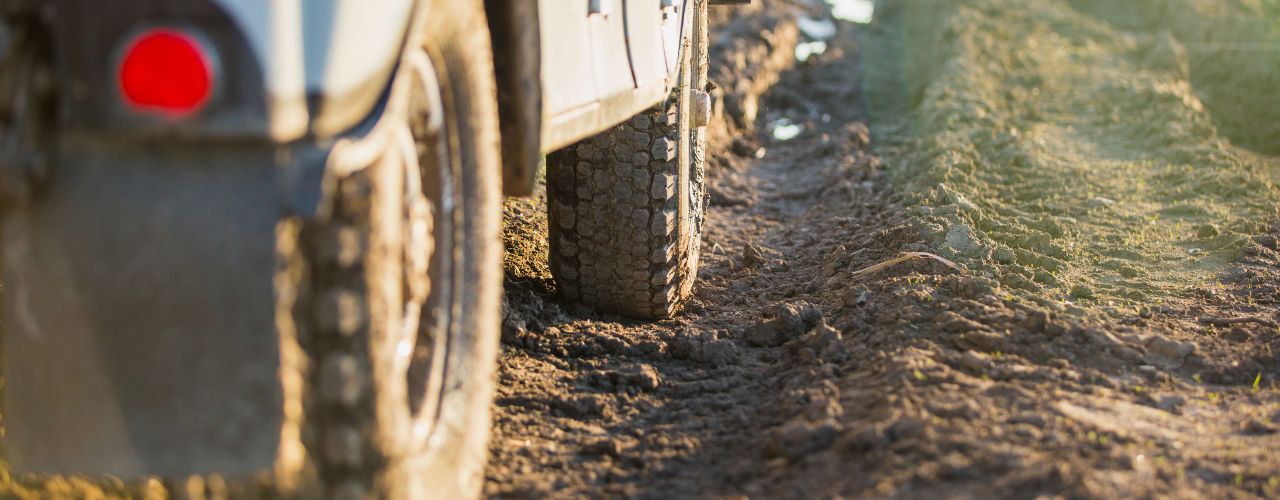Off-roading is an exciting and adventurous way to explore the beautiful landscapes of Wyoming and Idaho. But you don’t know what to expect if you’ve never gone off-roading. Here are some things every off-roader should know before exploring, from how to drive to preparing your off-roading car for the challenges.
Vehicle Limits
Every off-roading vehicle has its unique set of capabilities and limitations. To avoid damaging your vehicle or getting stuck, learn your vehicle’s ground clearance, tire size, and weight limits. Off-roading forums and groups are excellent resources for tips on which modifications or aftermarket parts might make your vehicle more capable in the dirt.
What To Pack
Preparation is key to a successful off-roading trip. Always carry essential gear, such as a first aid kit, fire extinguisher, spare tire, jack, lug wrench, tow strap, and a portable air compressor. Having these items ensures that you can deal with any unexpected situations that may occur on the trail.
The Importance of Maintenance
A well-maintained off-roading vehicle is crucial for a safe and enjoyable experience. Regular oil changes, transmission fluid checks, and inspections of suspension components should be part of your routine maintenance schedule.
Tire Maintenance
Tire maintenance is essential for off-roading because it ensures the safety of the driver and the vehicle. Off-roaders should know to deflate their tires slightly for better grip and bring a spare tire or tire repair kit in case of a puncture while off-roading. Also, don’t forget to equip your vehicle with heavy-duty off-road tires!
Respecting Nature and Fellow Off-Roaders
A fundamental off-roading rule is to respect the environment and other riders. Stay on existing trails, avoid creating new paths in fragile ecosystems, and tread lightly on the land. When encountering fellow off-roaders, always yield to uphill traffic, practice good trail etiquette, and maintain a safe distance when driving in groups.
How To Put Safety First
Off-roading can be hazardous, so it’s crucial to prioritize safety. Drive at an appropriate speed, use seat belts, avoid alcohol, and ensure that all passengers wear proper safety gear. Additionally, make sure that someone outside of your group knows the details of your trip, including your destination, timeline, and emergency contact information. This way, they can get help if necessary.
Conclusion
With their diverse landscapes and challenging terrains, Wyoming and Idaho present an incredible opportunity for off-roading adventures. With our guide, you should better understand some of the things every off-roader should know before exploring for a safe and fun adventure. Good luck in the wild, and happy exploring!





